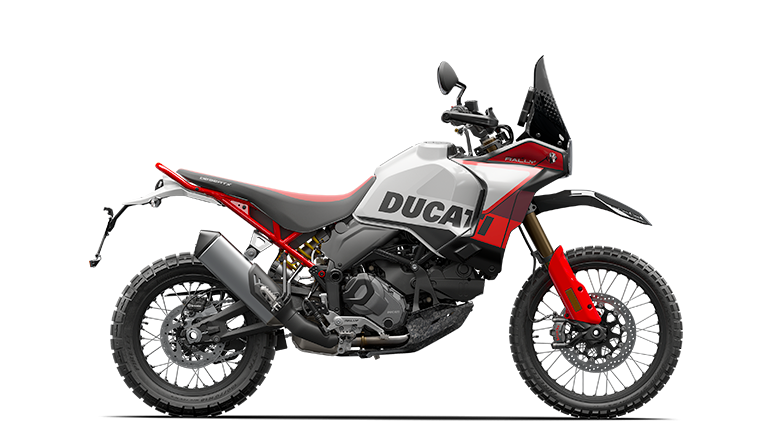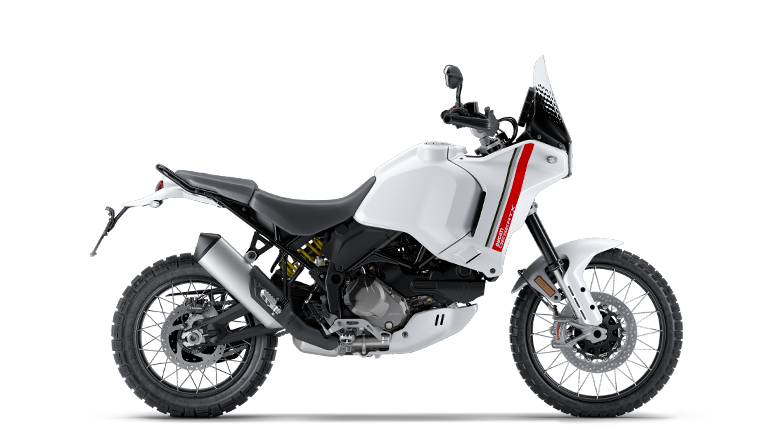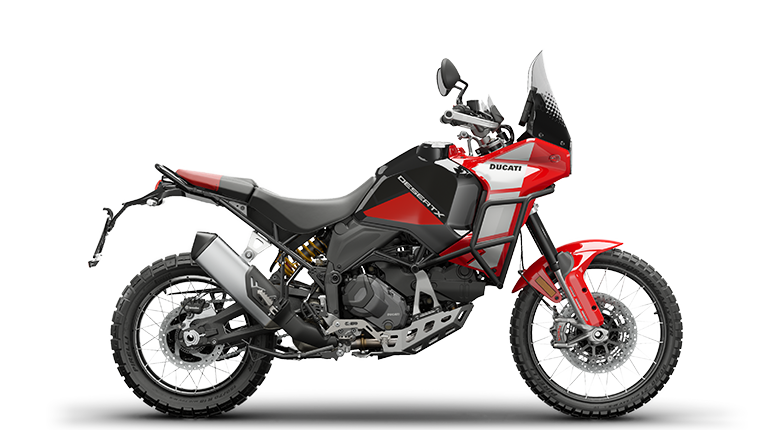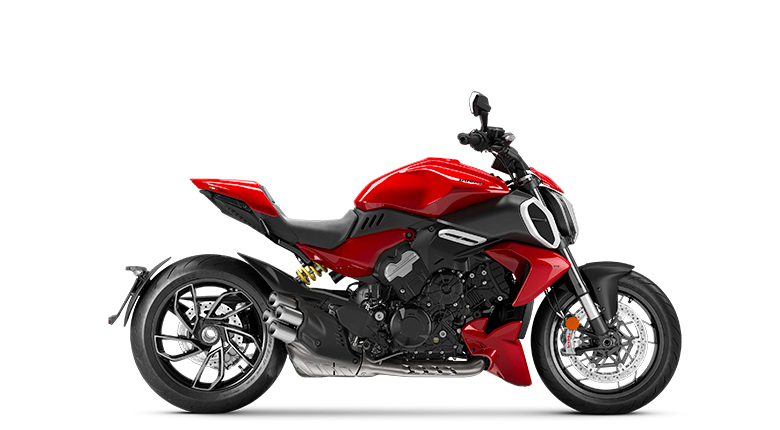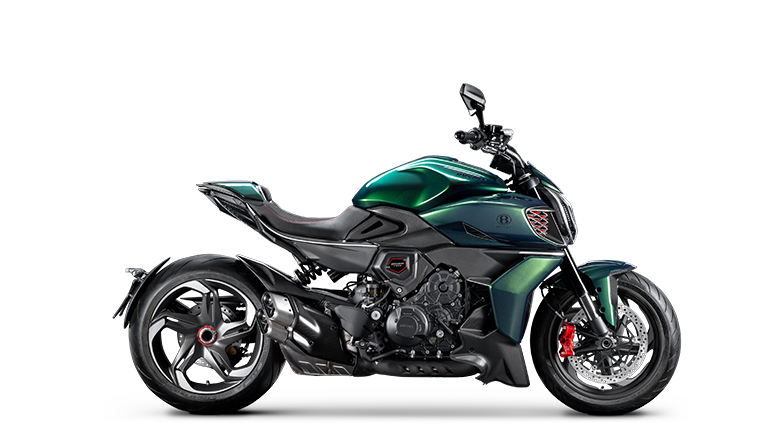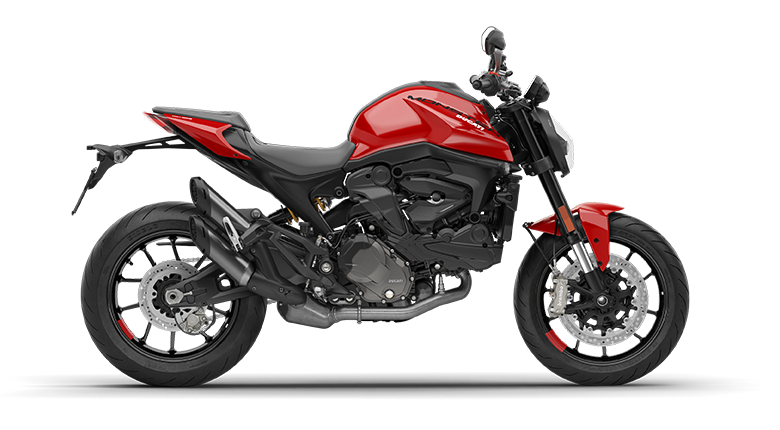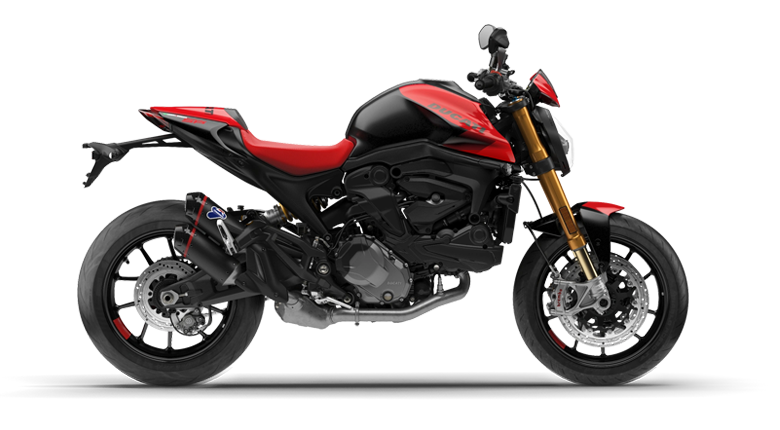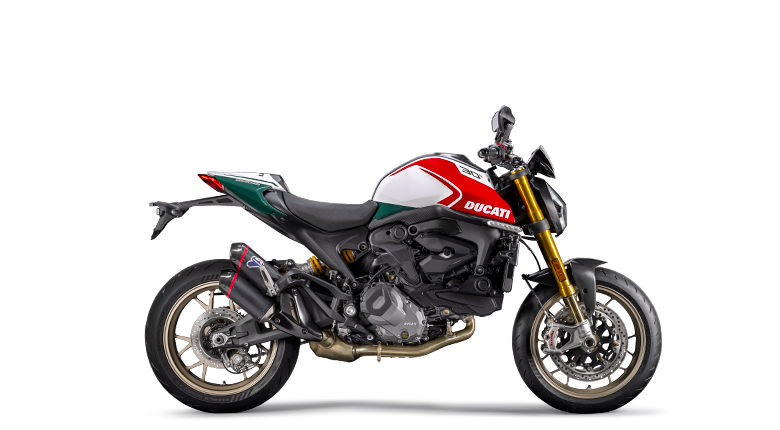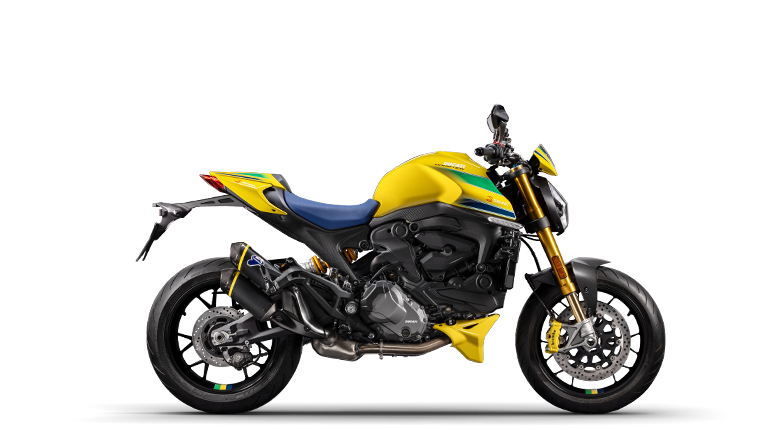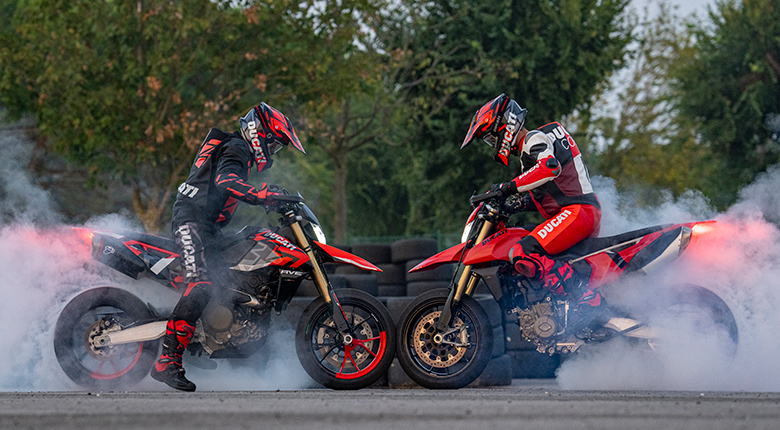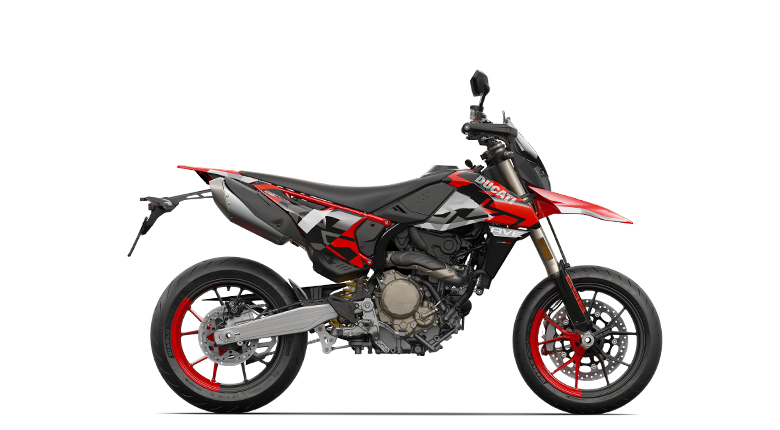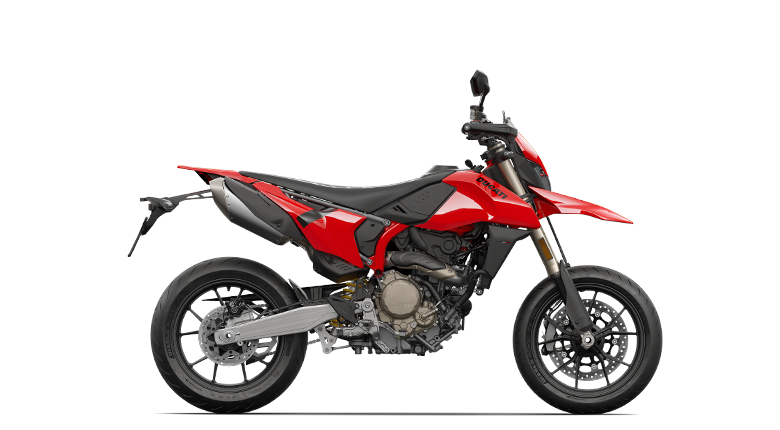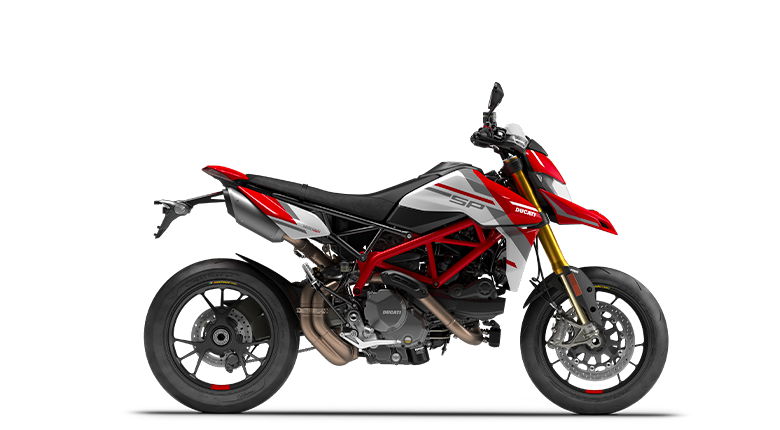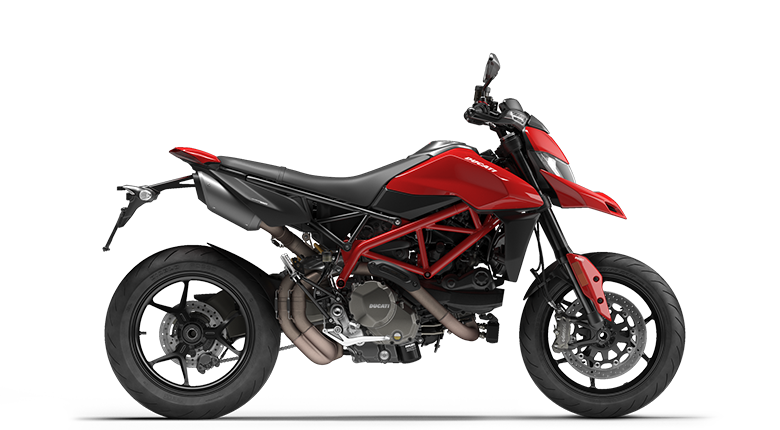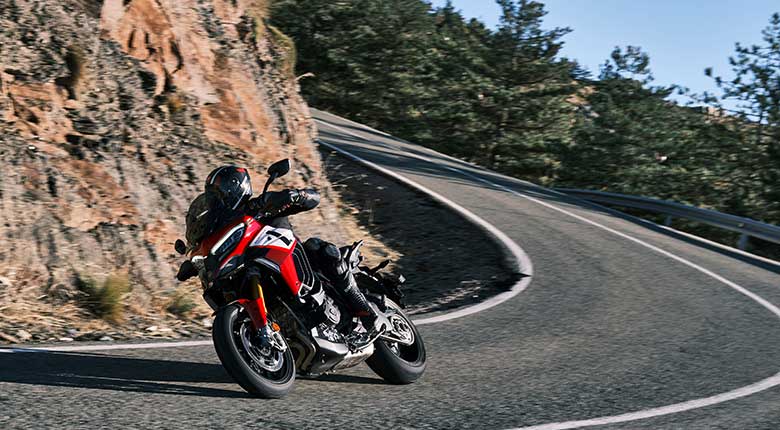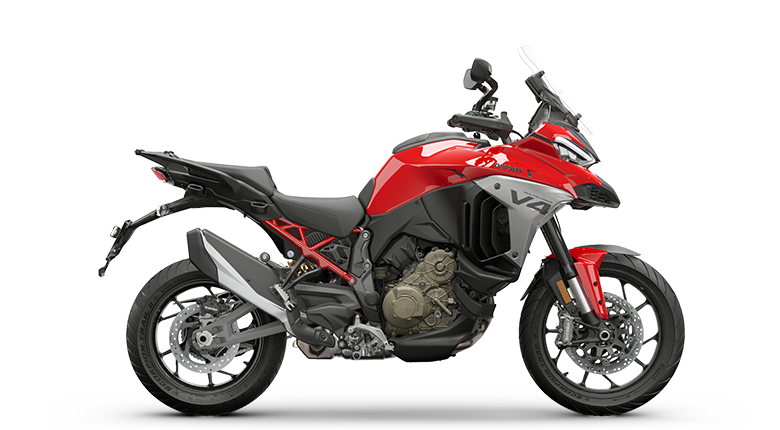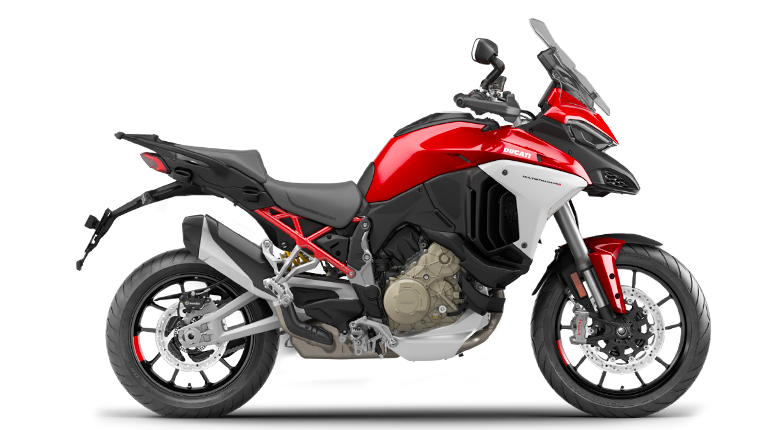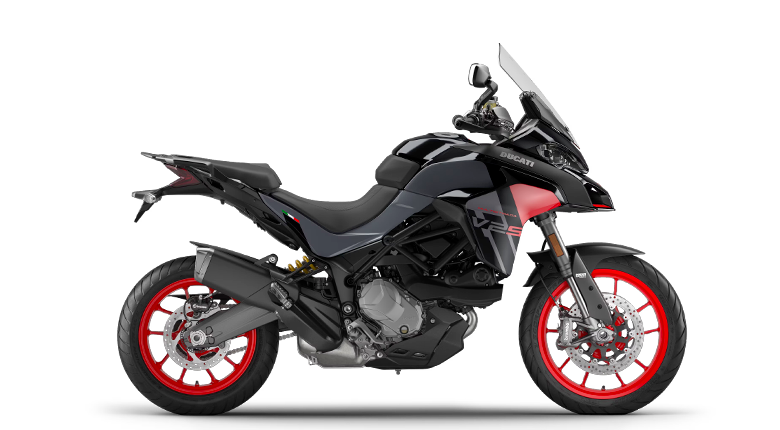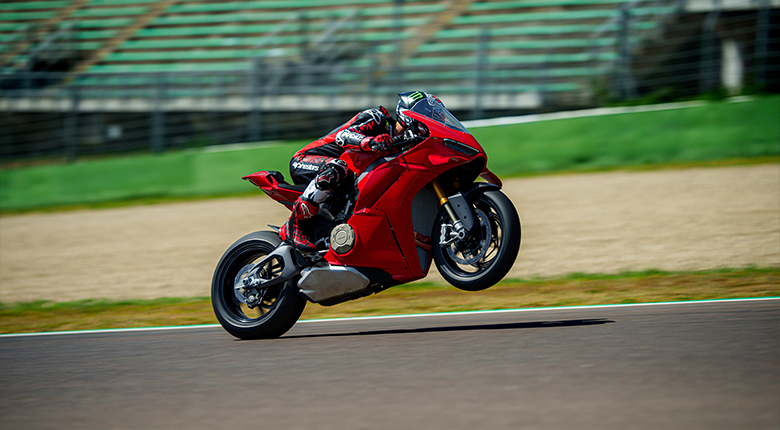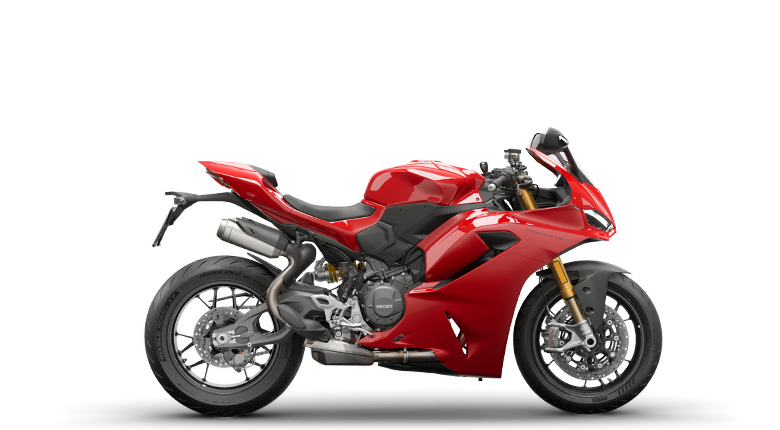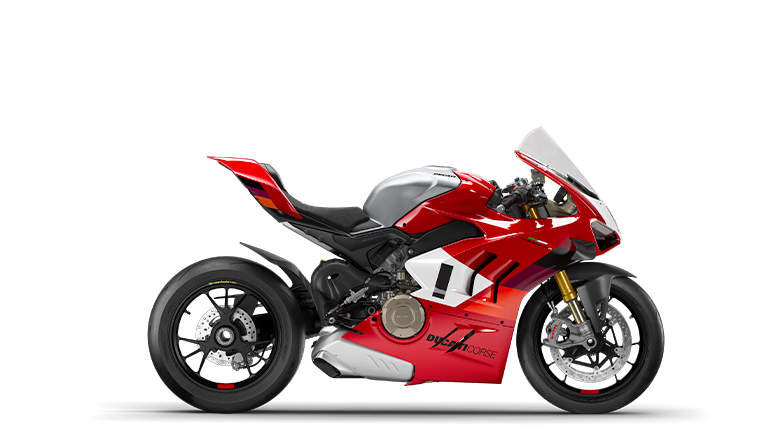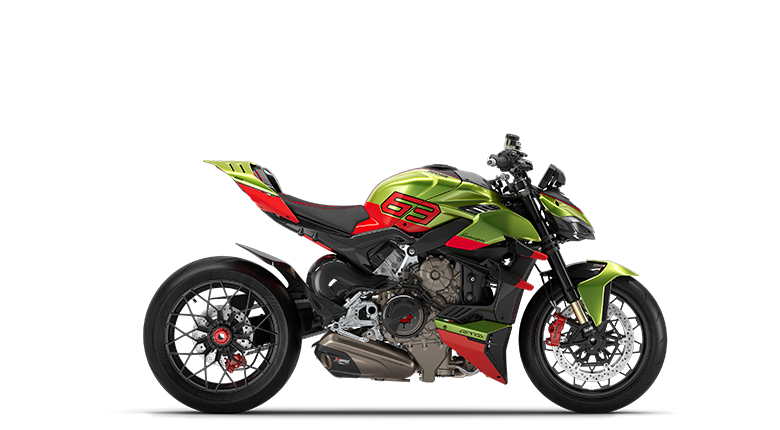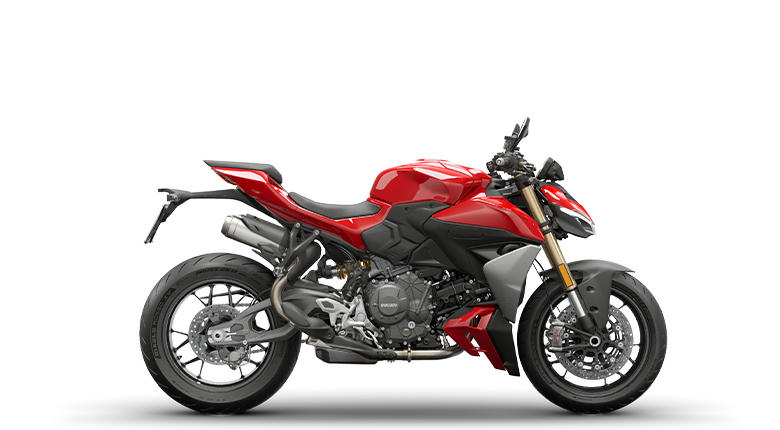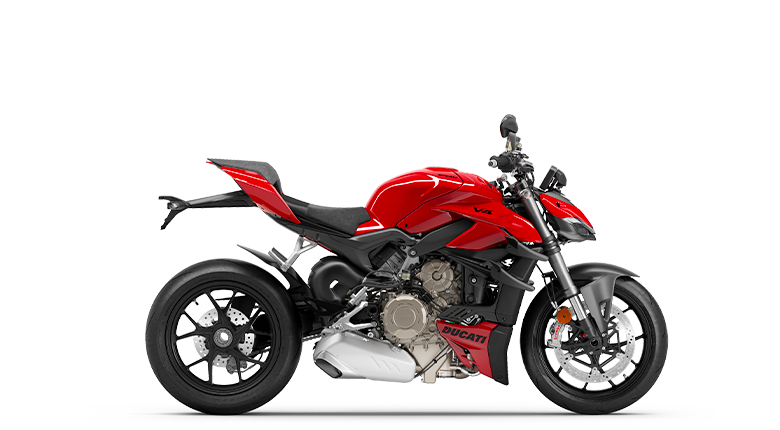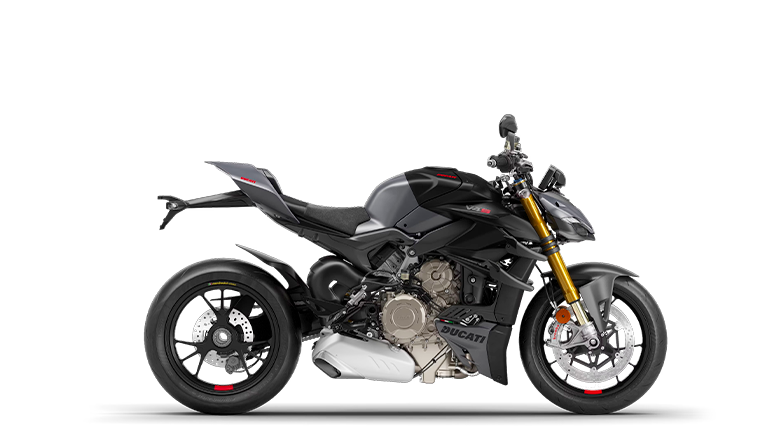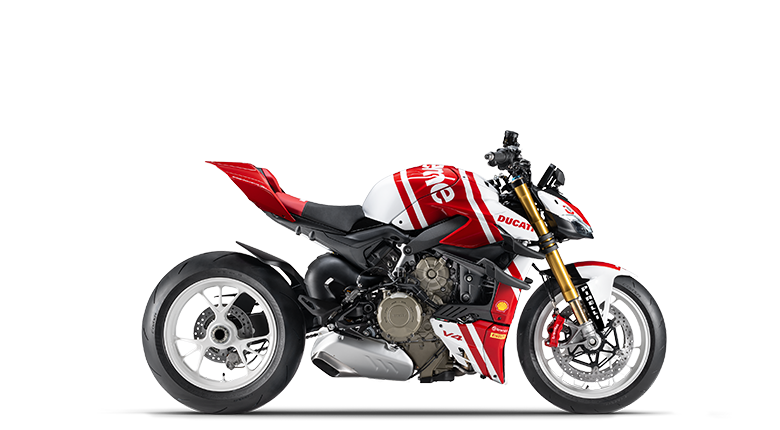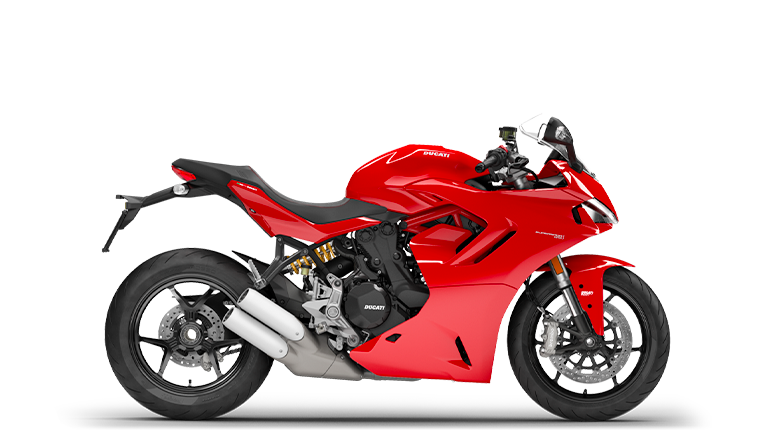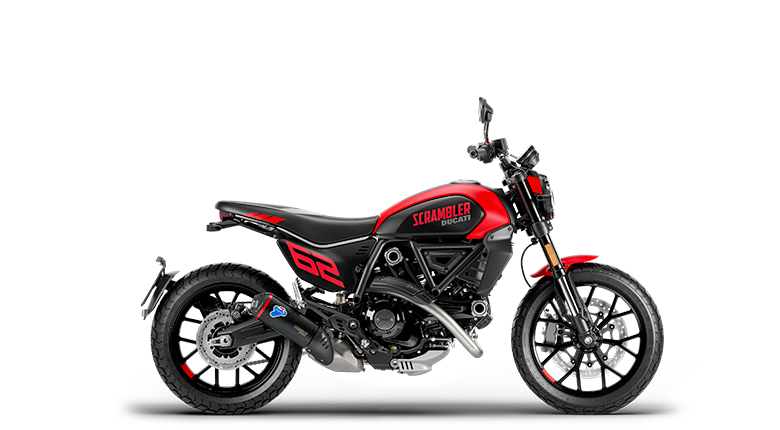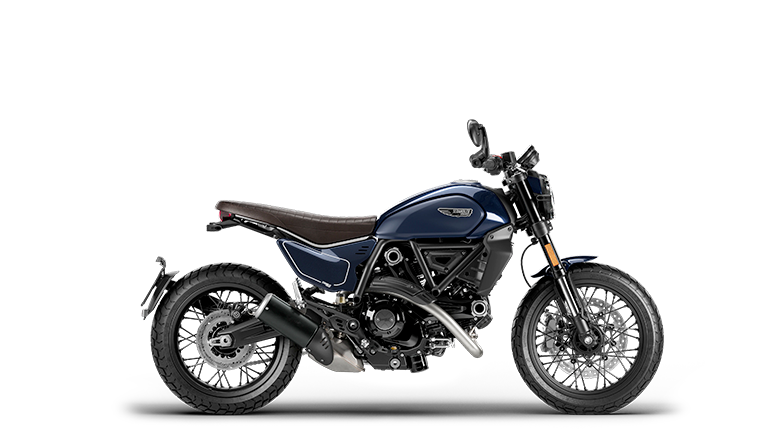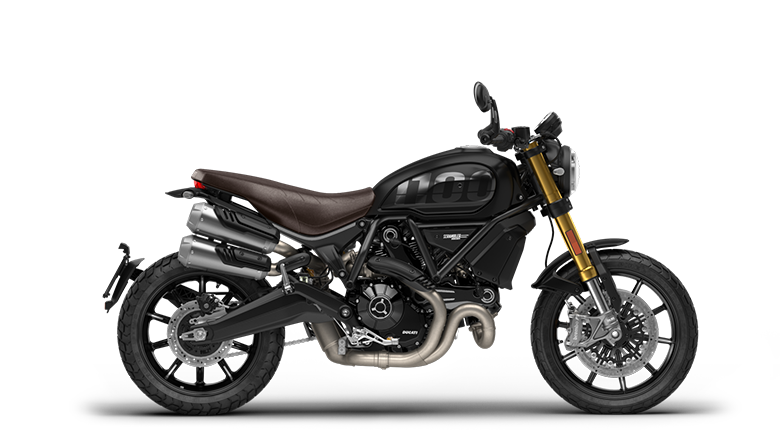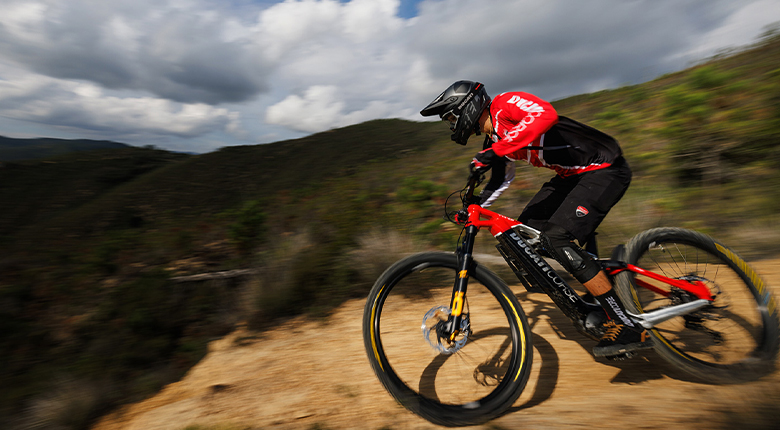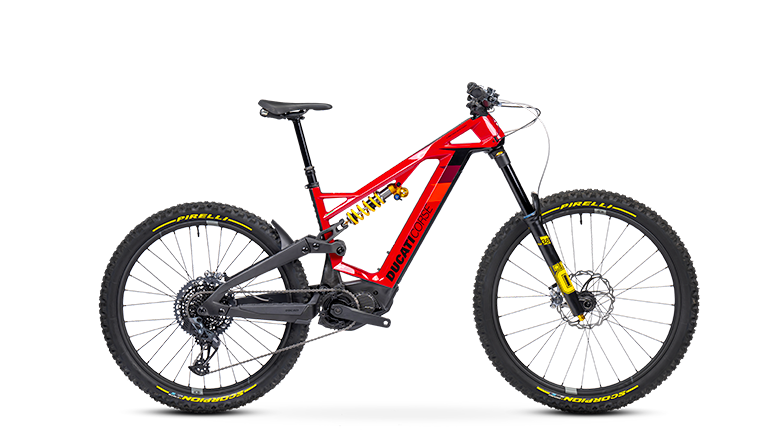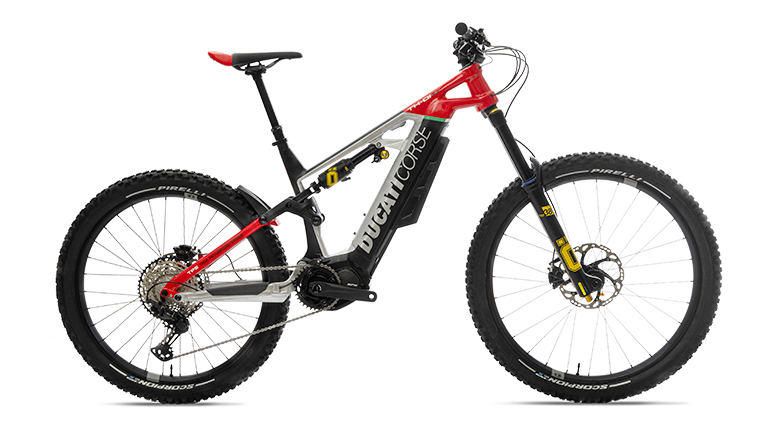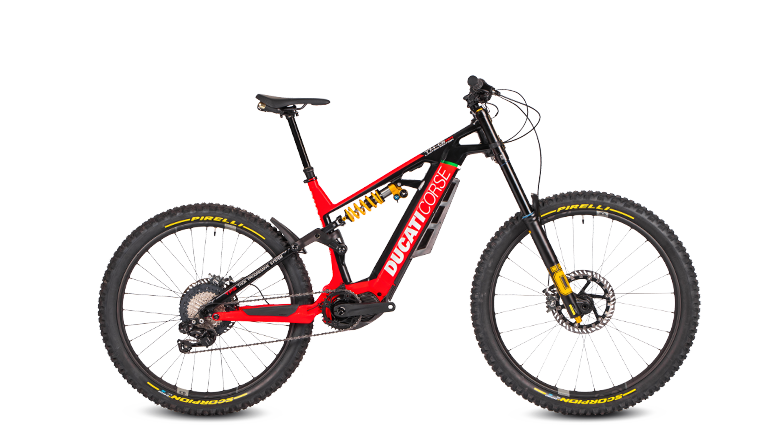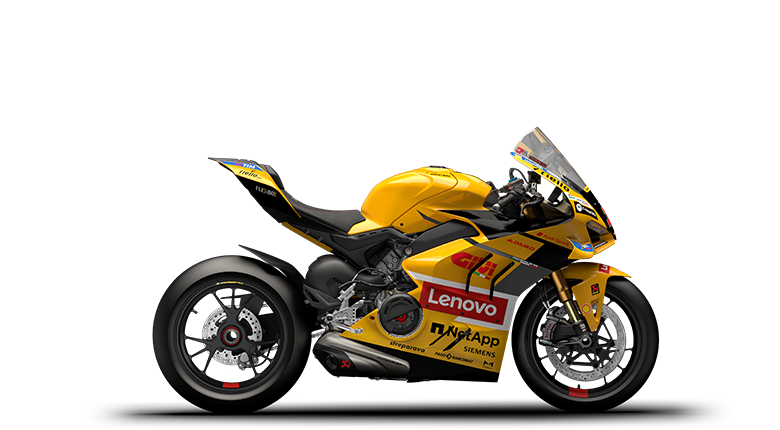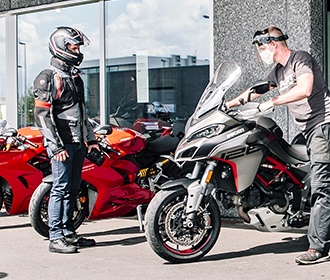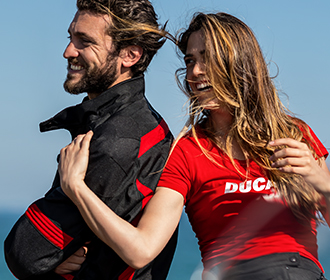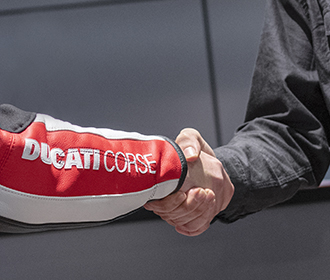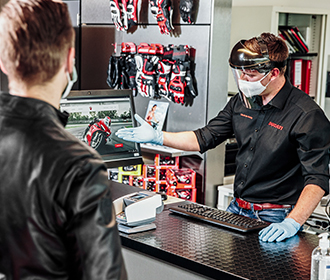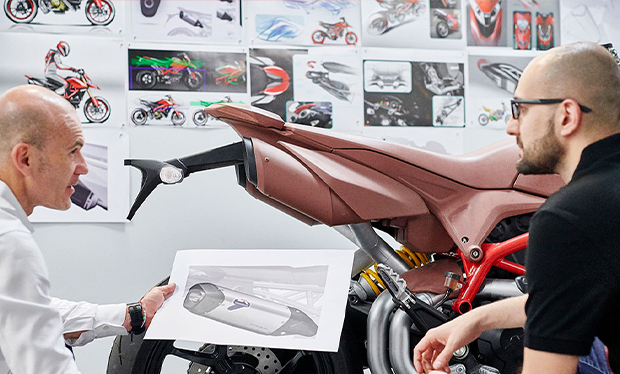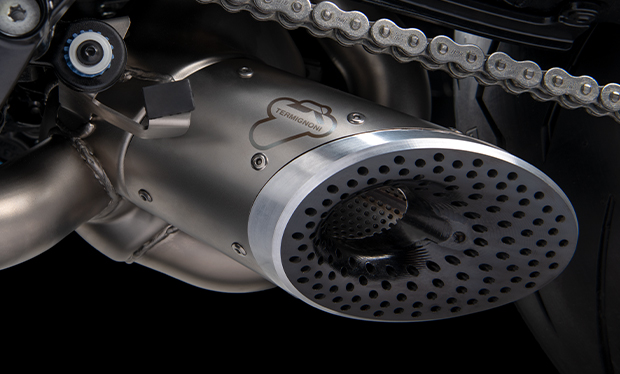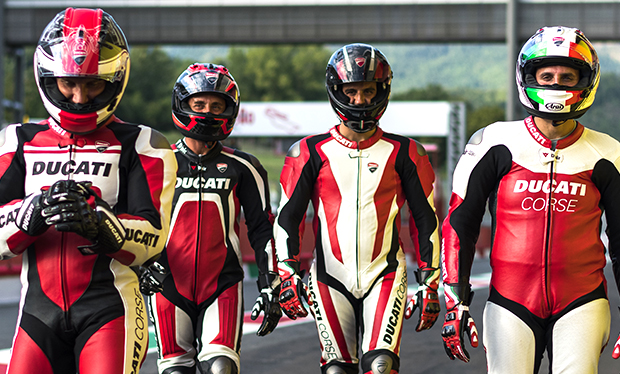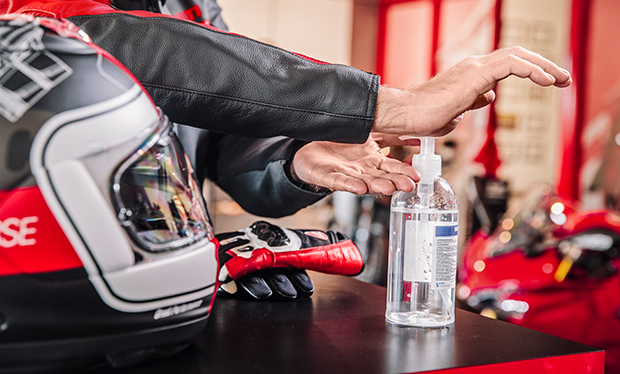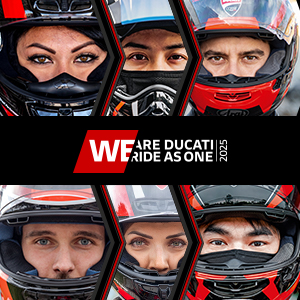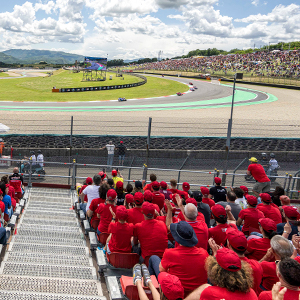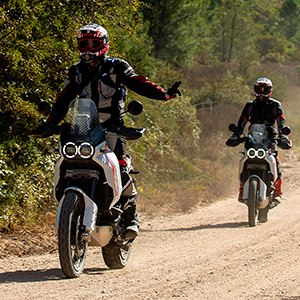- Models
- Configure your bike
- News
- Current Offers
- Racing
- Dealer Locator
- DWP 2025
-
Models
-
DesertX
![]()
-
Diavel
![]()
- Diavel V4
- Diavel For Bentley
Diavel -
Monster
![]()
-
XDiavel
![]()
- new XDiavel V4
XDiavel -
Hypermotard
![]()
- Overview
- 698 Mono RVE
- 698 Mono
- 950 SP
- 950
Hypermotard -
Multistrada
![]()
- Overview
- new V2
- new V2 S
- new V4
- V4 S
- new V4 RS
-
V4 Rally
![]() Multistrada V4 Rally
Multistrada V4 Rally- 170 hp Power
- 89.2 lb-ft Torque
- 525 lb Wet Weight (No Fuel)
Starting From $30,595 i - V4 Pikes Peak
-
V2 S MY24
![]() Multistrada V2 S MY24
Multistrada V2 S MY24- 113 hp Power
- 71 lb-ft Torque
- 485 lb Wet Weight (No Fuel)
Starting from $19,295 i - new V4 Pikes Peak MY25
Multistrada -
Panigale
![]()
-
Streetfighter
![]()
-
V4 Lamborghini
![]() Streetfighter V4 Lamborghini
Streetfighter V4 Lamborghini- 208 hp Power
- 90.4 lb-ft Torque
- 421 lb Wet Weight (No Fuel)
MSRP Starting From $68,000 i - new V4
- new V4 S
- new V2
- new V2 S
- V2 MY24
- V4 MY24
-
V4 S MY24
![]() Streetfighter V4 S MY24
Streetfighter V4 S MY24- 208 hp Power
- 90.4 lb-ft Torque
- 425 lb Wet Weight (No Fuel)
MSRP From $27,795 i - Streetfighter V4 SP2
- new V4 SUPREME®
Streetfighter -
V4 Lamborghini
-
SuperSport
![]()
-
![]()
-
Desmo450 MX
![]()
-
new
Desmo450 MX
![]() Desmo450 MX
Desmo450 MX- 63.5 hp @ 9,400 rpm Power
- 39.5 lb-ft @ 7,500 rpm Torque
- 231 lb Wet Weight (No Fuel)
$11,495 i
Desmo450 MX -
new
Desmo450 MX
-
E-BIKE
![]()
-
Limited Series
![]()
- new Panigale V4 Lamborghini
-
new
V4 Tricolore Italia
![]() Panigale V4 Tricolore ItaliaAn unforgettable day. To be re-lived forever.
Panigale V4 Tricolore ItaliaAn unforgettable day. To be re-lived forever.- 209 hp Power
- 89.5 lb-ft @ 11,250 rpm Torque
- 414 lb Wet Weight (No Fuel)
$85,000 i - new V4 Tricolore
- Ducati Speciale
- Ducati Unica
Limited Series
-
- Equipment
- Current Offers
- DWP 2026
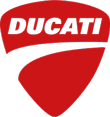
Bikes
DesertX
Diavel
Hypermotard
Streetfighter
Multistrada
Panigale
Off-Road
Supersport
E-BIKES
Equipment
Accessories
Racing
MotoGP
Superbike
OFF-ROAD
MotoE
Ducati World
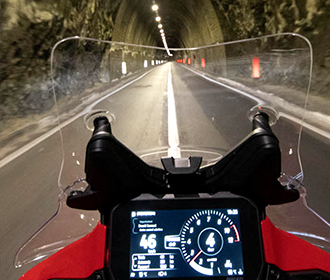

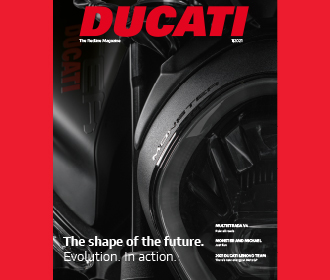
Events
Ducati Academy
Press Reviews
Travel With Ducati
Ducati Stories
News

News
Read the latest news stories to find out what is happening in the world of Ducati

DOC
Imagine enjoying new experiences, exploring breath-taking landscapes, participating in exclusive events. Join the Ducati family! Become a D.O.C. member!

Ducati Redline Magazine
A selection of the most exclusive content from the Ducati Redline Magazine. Download read the stories here!
Service and Maintenance
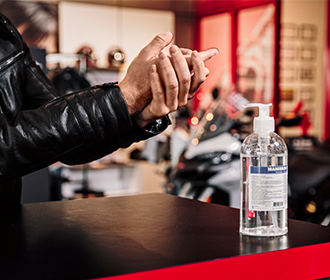


Maintenance
Connectivity
Dealer Network

Dealer Locator
Find you nearest Ducati dealership by using the Ducati Dealer Locator

Ducati Financial Services
From traditional financing to our exclusive Ducati Premier Financing, Ducati Financial Services offers a wide range of options and flexible terms.

Multistrada V4 Video Tutorials
Learn how to operate the features of the Multistrada V4 through these video tutorials
Corporate
Design
Corporate Social Responsibility
Partners
Fondazione Ducati
Borgo Panigale
Models
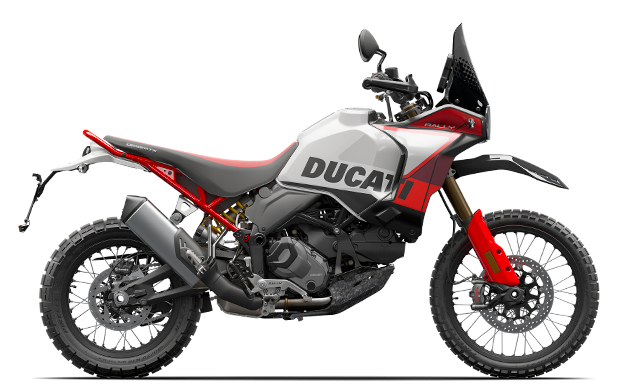
DesertX
New
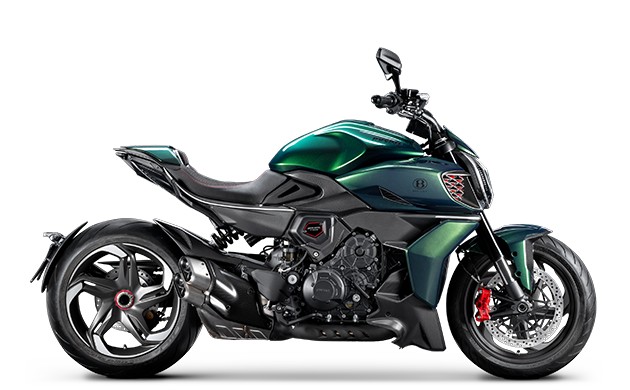
Diavel
New
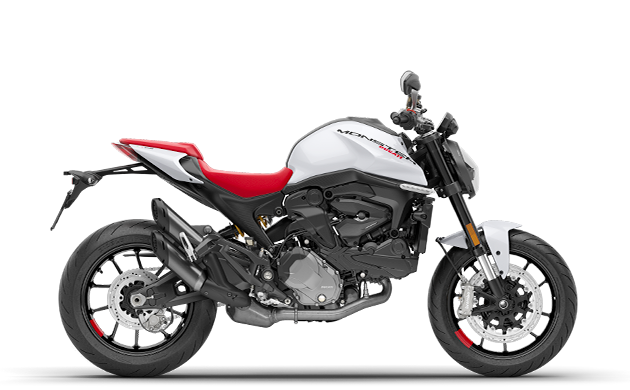
Monster
New
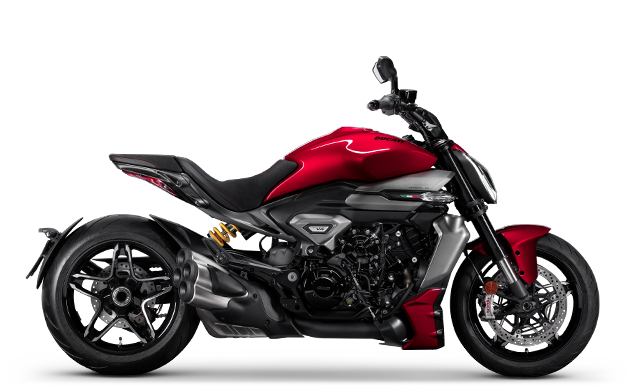
XDiavel
New
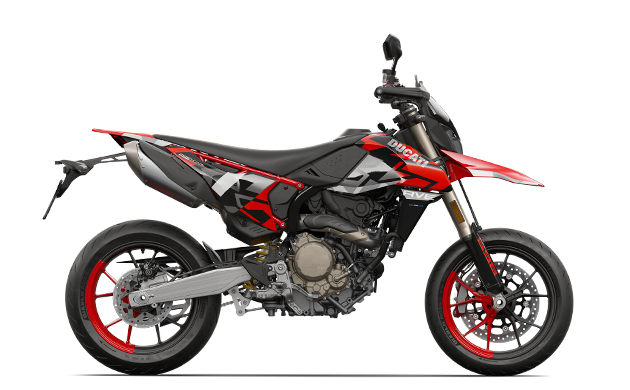
Hypermotard

Multistrada
New
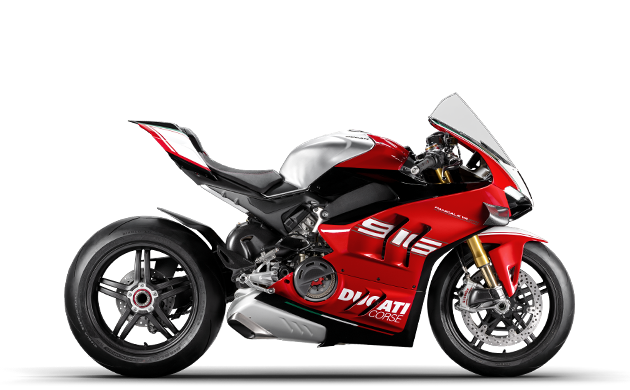
Panigale
New
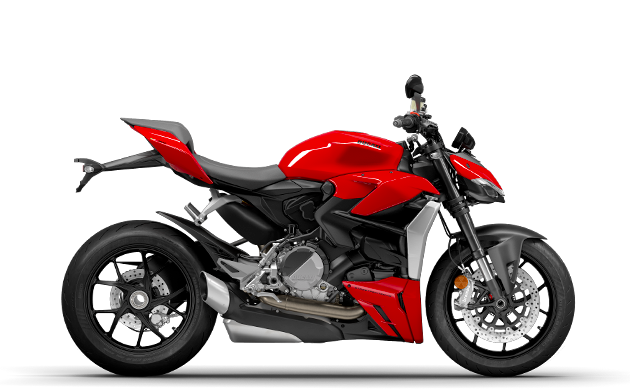
Streetfighter
New
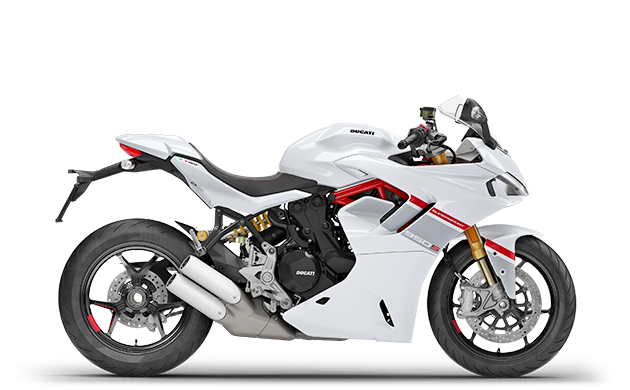
SuperSport
SCRAMBLER

Desmo450 MX
New
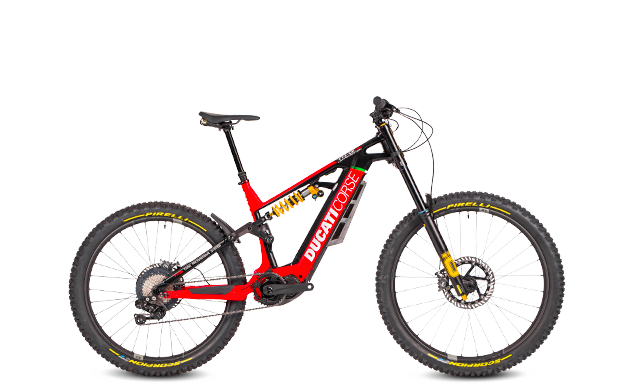
E-BIKE

Limited Series
Racing
- MotoGP
- Superbike
- Off Road
- MotoE
Ducati World
- Events
- Ducati Academy
- Ducati Press Reviews
- Ducati Travel Adventures
- Ducati Stories
- News

DOC
Imagine enjoying new experiences, exploring breath-taking landscapes, participating in exclusive events. Join the Ducati family! Become a D.O.C. member!
DOC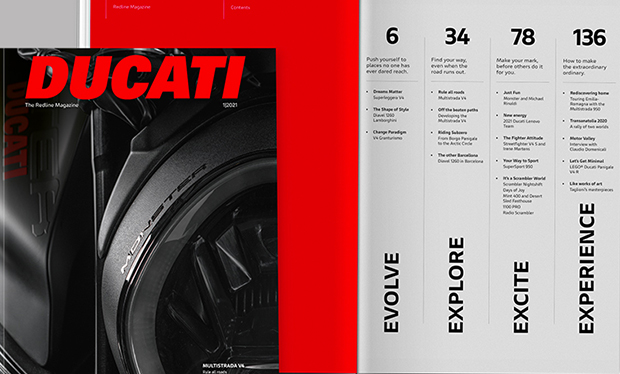
Ducati Redline Magazine
A selection of the most exclusive content from the Ducati Redline Magazine. Download read the stories here!
Ducati Redline Magazine
Equipment
- Accessories
- Apparel
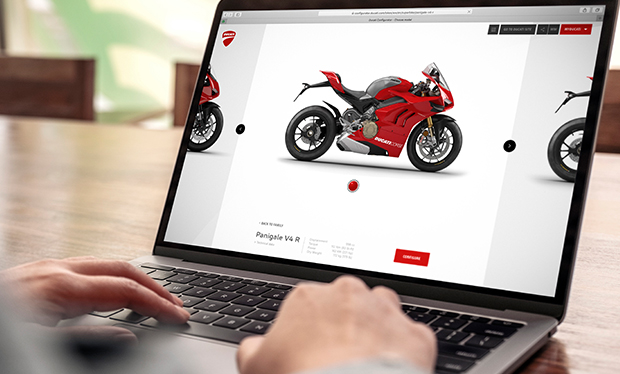
Configurator
Choose the perfect Ducati for you and have fun configuring it according to your riding style.
Configurator
Service and Maintenance
- Services
- Maintenance
- Connectivity
- Dealer Network

Ducati Financial Services
From traditional financing to our exclusive Ducati Premier Financing, Ducati Financial Services offers a wide range of options and flexible terms.
Ducati Financial Services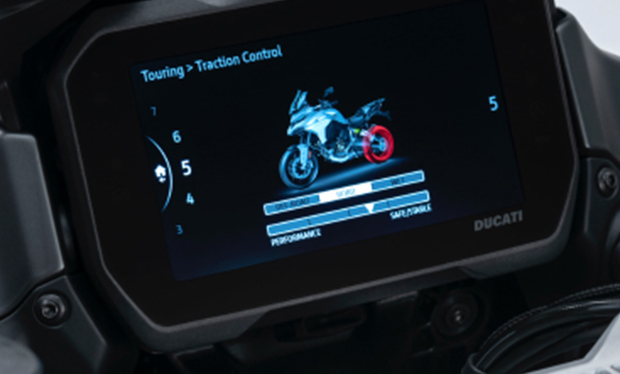
Multistrada V4 Video Tutorials
Learn how to operate the features of the Multistrada V4 through these video tutorials
Multistrada V4 Video Tutorials
Ducati Club
Corporate
- Who We Are
- Product Innovation
- Corporate
- Partners
- Fondazione Ducati
- Borgo Panigale
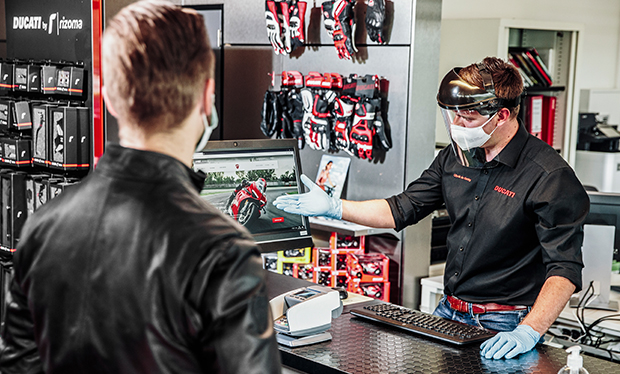
Customer Services
To make it easier for you to find your way around, we have created a list of the most frequently asked questions, divided into subject areas, along with their answers.
Customer Services
Source: Houstonchronicle.com
Jason Chinnock grew up sneaking away from his parents to go motorcycling with friends.
“My parents never wanted me to ride a motorcycle,” the Las Vegas native said. “But when your parents tell you something’s dangerous, it also seems exciting.”
Today, Chinnock makes a living riding motorcycles as chief executive of Ducati North America. The Italian motorcycle company was for many years known for its racing superbikes, but it has expanded its product line in recent years, adding entry-level motorcycles such as the Monster 797, the retro-inspired Scrambler, and assorted cruisers and off-road dirt bikes to attract a wider range of buyers.
Chinnock, a former Army tank driver who served during Operation Desert Shield and Desert Storm, took the helm of Ducati North America in 2016, and recently came to Houston as part of a 17-city tour to showcase the California-based company’s most powerful motorcycle. More than 300 local dealers and Ducati aficionados came out to view the Panigale V4 R, which boasts 234 horsepower and starts at $40,000. The bike has more power-to-weight than that of a Formula 1 car — and it’s street legal, Chinnock said.
Texas Inc. spoke with Chinnock about riding, lifestyles and marketing its Italian motorcycles in Houston.
Q: How did you get your start in the motorcycle industry?
A: I was a guitarist in a noisy rock band. We played a few times in Houston at Fitzgerald’s and Emo’s in the late 1990s. After a few years as a struggling musician, I realized I wanted to follow my other passion of motorcycling. I met with a dealer in Colorado to ask how I could get in, and he told me I could start as a parts guy since they had just lost their parts manager. It was a great learning experience because it gave me a great foundation understanding not only the intricacies of the product but also working with all the different departments from sales to service and interacting with customers. I developed within the dealership and eventually Ducati recruited me to take over the Midwest for them. I seized the moment and progressed from there.
Q: What do your folks think of your motorcycling today?
A: They never condoned it, but it just kind of ended up happening. A few years ago, my mother passed away. She used to tell my dad, “You can have a motorcycle when I can have a boyfriend.” When she passed, my dad and I sat down after a good bottle of wine one night, and I asked, “OK, do you want to do this?” And he said, “Let’s do it.” These days, my dad is not only riding with me but he has probably logged more miles on the motorcycle over the last three years than I have, including trips all over the country and Europe.
Q: How’s business at Ducati?
A: The on-road motorcycle business has been relatively flat, which has been good for us because it gives us an opportunity to gain market share. We’re approximately 3 percent of the U.S. market. Harley Davidson has approximately 50 percent. Ducati, being a brand that is rooted in sport, has always had a brand that’s been quite youthful, and that has been an advantage for us. We attract not only younger riders who are interested in learning how to ride a motorcycle, but we also have people who are a little bit older who are interested in recapturing their youth.
Q: How do you market motorcycles at a time when sales are flat, or in the case of Harley Davidson, softening?
A: When someone hops on a bike, it’s not about the most efficient way to get from point A to point B. It’s about adventure, escape and entertainment. What we’ve seen is that people are less interested in just owning a product, but more about what experiences they can have as riders. That’s probably the single biggest differentiator in comparison to years past. Because we don’t design our products here locally, what we focus a lot of our efforts on is the experience we can create for our customers.
Q: How big is the motorcycle market in Houston?
A: Texas is our No. 4 market in the U.S. after California, New York and Florida. Houston, as one of the largest metro markets in Texas, is a very important place for us to be. It’s been many years since Houston has had a motorcycle show. We made a decision a couple of years ago that we didn’t want to leave places like Houston out. Having my feet on the ground talking to people in Houston is incredibly value to help understand the market, it is an incredible growth opportunity for us.
Q: How do you market Ducati to a city like Houston, which has its share of wealth but also has blue collar roots?
A: We market our brand as aspirational but accessible. That’s important, because regardless of what walk of life that you come from and financial background, people always aspire for something more and different. We have some luxury products, but we’re not necessarily a luxury brand. For us, when you can have access to the brand on a Scrambler for around $100 a month with financing, that puts the brand within reach. The people I met in Houston were from all walks of life, from doctors to a guy who was a welder on one of the oil rigs. You have these two guys rubbing elbows, sharing a drink and talking about motorcycling. This is one of the reasons why I love motorcycling.
Q: Why did you choose to expand beyond racing motorcycles?
A: The Scrambler was originally designed as an access point into the world of motorcycling, and potentially develop riders into a Ducati motorcyclist later. The Scrambler reminds motorcyclists of a simpler time with its retro, post-modern aesthetics, but it still has modern technology and safety features. With the Panigale superbike, you think “I have to be a serious, professional motorcyclist for that.” For Scrambler, you can be a casual rider.
Q: Are you worried at all about diluting the Ducati brand by expanding into these new product categories?
A: As long as we deliver on Ducati’s core values of style, sophistication and performance, we can expand the brand into these other areas without diluting who we are. We have motorcycles that start under $10,000 and we have flagships motorcycles that make their way up over $40,000. It allows someone to not only enter the brand but also develop through the Ducati brand. We don’t feel that we are an exclusive brand.
Q: How have sales been for the Scrambler?
A: I can’t share exact sales, but not only did it attract a lot of new riders, it attracted a higher number of women motorcyclists. Previously, about 5 percent of our sales were to women. With Scrambler, it actually doubled to 10 percent. We know we’re just scratching the surface with that.
Q: What’s the biggest challenge in getting young adults and women riders into motorcycling these days?
A: They’re excited about learning how to ride a bike, but their first question is, “How do I start?” It’s something I’ve talked about with executives from some of the larger motorcycle companies: What can we do to help raise awareness on this topic, because that’s probably the single-biggest challenge we face. As a brand, we’ve taken initiative to pay for people’s safety training. If you purchase one of our entry-level models, we will actually reimburse you for your Motorcycle Safety Foundation course. It’s not that people aren’t interested. It’s that people don’t know how to get started and they need that push and support to help them get there.
Q: Electric automobiles are growing in popularity. Is Ducati looking at developing an electric motorcycle?
A: We have teams that are researching and exploring it, but we don’t have any product in the pipeline. Right now there’s too much of a compromise between weight, range and performance. The answer is pick one. You could have a lightweight motorcycle, but it’s going to run the risk of range and performance. Or you could have performance, but it’s going to be heavy and low range. This is something they’ve been able to address in automotive because the platform is much larger. There are a lot of innovative motorcycle companies that have been putting a lot of time and research into this, but many of them are coming from a base where they have only to gain from this. For a brand like us, we need to ensure an electric motorcycle delivers on our market’s expectations of Ducati. We’re not at a point right now where we’re confident the product can wear a Ducati logo.
 DesertX
DesertX  Diavel
Diavel Monster
Monster XDiavel
XDiavel Hypermotard
Hypermotard
 Multistrada
Multistrada Panigale
Panigale Streetfighter
Streetfighter SuperSport
SuperSport
 Desmo450 MX
Desmo450 MX E-BIKE
E-BIKE
 Limited Series
Limited Series

